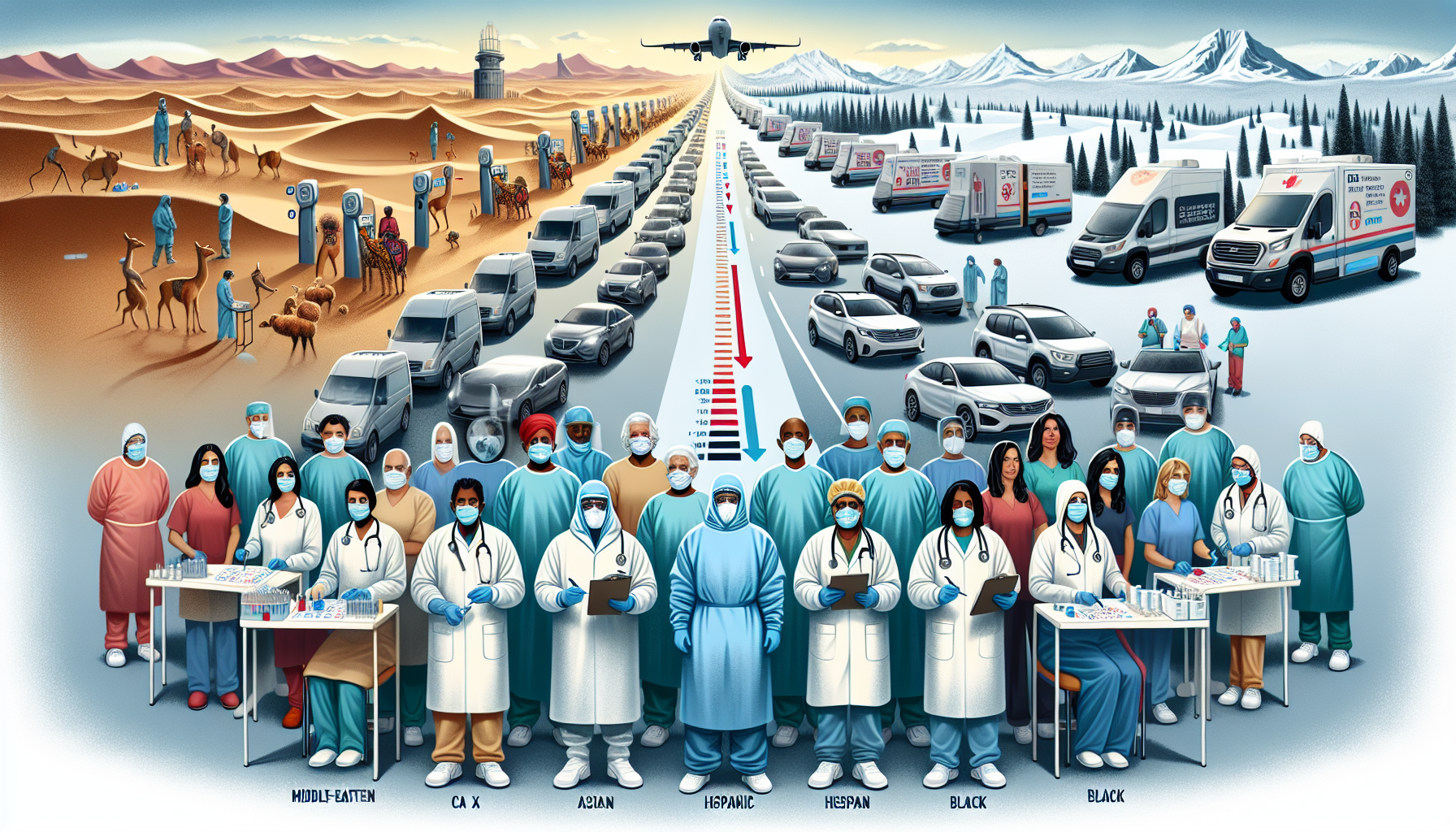Drive-Through Testing: How a Pandemic Sparked a Global Health Innovation
Introduction
Did you know that a simple idea born during a health crisis can revolutionize medical processes worldwide? The COVID-19 pandemic brought forward one such innovation: the drive-through testing model. This concept not only changed the way we approached diagnostics during the pandemic but also influenced global health strategies.
The Origins of Drive-Through Testing
In early 2020, as COVID-19 cases surged in South Korea, particularly in Daegu, healthcare professionals were grappling with the challenge of testing large numbers of people quickly and safely. Traditional testing methods inside healthcare facilities were not only time-consuming but also increased the risk of virus transmission due to crowded environments.
The concept of drive-through testing emerged as a solution. Inspired by a 2018 study on bioterror preparedness, where resources were distributed without requiring people to leave their cars, healthcare experts repurposed this method for COVID-19 testing. The idea was simple but effective: people would drive to a designated testing site, stay in their vehicles, and have health workers conduct tests through the car windows. This significantly reduced contact, sped up the testing process, and minimized exposure for both patients and healthcare workers.
Early Adoption and Success
The first implementation of drive-through testing in South Korea took place in high-demand locations like Chilgok Kyungpook National University Hospital. The process included swab collection for PCR testing performed outdoors, mitigating the need for extensive sterilization and ventilation that indoor facilities required.
This innovative approach quickly proved successful, effectively handling the increasing demand for tests during the pandemic's early stages. It became a pivotal tool in controlling the spread of the virus by facilitating quick and widespread testing.
International Recognition and Implementation
The success of South Korea's drive-through testing model didn’t go unnoticed. As COVID-19 spread globally, countries around the world, including the United States, began adopting similar strategies. Even then-President Donald Trump acknowledged the model's effectiveness in addressing the testing bottleneck in the US.
The drive-through testing model's influence extended beyond testing for COVID-19; it was later adapted for vaccine distribution, providing a streamlined and safe method for mass inoculation campaigns.
The Science of Safety and Efficiency
Drive-through testing capitalized on basic infection control principles. By conducting tests in open-air environments, the risk of airborne transmission was significantly reduced. Vehicles provided natural containment, with each serving as a temporary quarantine space during the testing process.
Moreover, the drive-through model required fewer healthcare workers and less protective equipment per test. This efficiency was crucial during the PPE shortages experienced at the pandemic's height. The minimization of direct contact also lowered the risk of transmission to front-line workers.
Standardization and Global Impact
Understanding the importance of this model, medical experts documented the process and shared findings through academic journals, ensuring that knowledge of the drive-through testing model could be accessed and implemented globally.
The model's adoption by the international community underlined its effectiveness, setting new standards for pandemic response strategies worldwide. It also highlighted the critical role of adaptable solutions in tackling unprecedented health emergencies.
Beyond Testing: Future Implications
The drive-through model's impact extends beyond COVID-19. As healthcare systems adapt to ongoing and future challenges, the principles of drive-through testing are influencing other areas, such as quick-response vaccination sites and respiratory illness management, emphasizing the need for flexible and efficient health care delivery methods.
The innovation born from necessity during the pandemic has prompted a reevaluation of how healthcare services can be delivered, potentially transforming future responses to global health crises.
Conclusion
In times of crisis, necessity often becomes the mother of invention. The drive-through testing model exemplifies how innovation, even at its simplest, can redefine healthcare practices globally. As we move forward, it serves as a powerful reminder of the importance of adaptable and efficient health solutions in the face of future challenges. What other innovations could arise if we continue to push the boundaries of traditional healthcare delivery?

